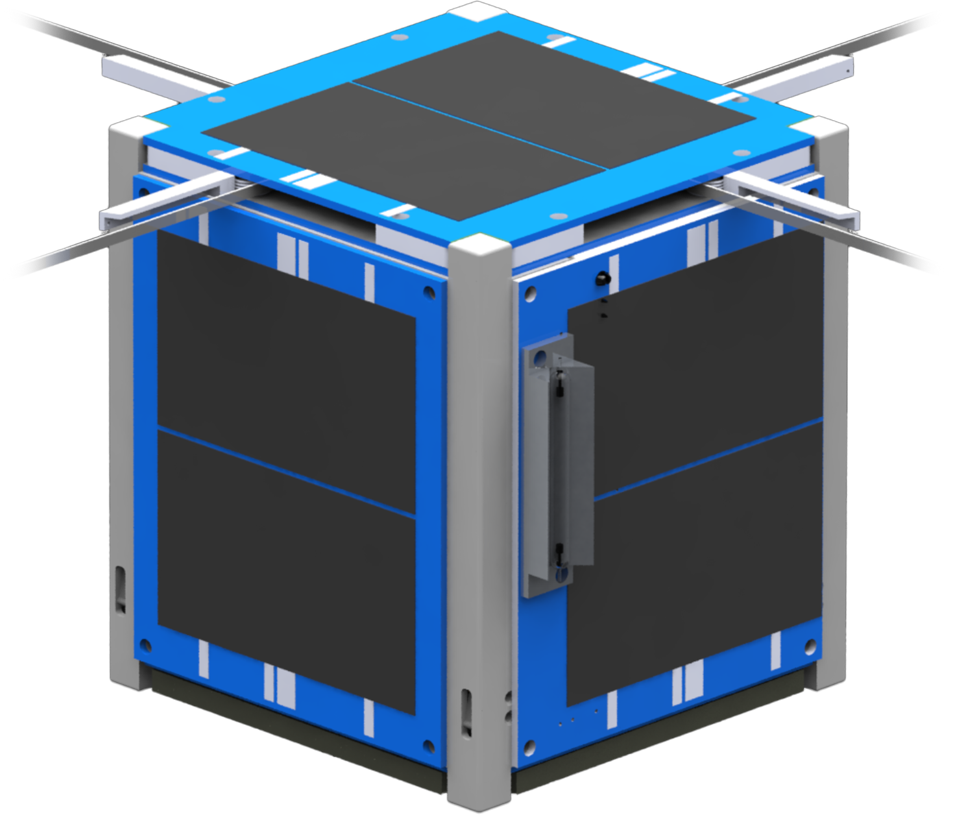LightCube selected for launch
NASA has selected LightCube along 13 other small research satellites to fly as auxiliary payloads aboard rockets launching between 2022 and 2025.
 LightCube is a microsatellite educational mission that aims to produce a light visible to the naked eye of observers on Earth. The spacecraft will be triggered via HAM radio by enthusiasts, aiming to inspire and provide a learning experience to people across the planet Earth.
LightCube is a microsatellite educational mission that aims to produce a light visible to the naked eye of observers on Earth. The spacecraft will be triggered via HAM radio by enthusiasts, aiming to inspire and provide a learning experience to people across the planet Earth.
Frequently Asked Questions
| LightCube is a 1U CubeSat that will be visible from the ground, with a brightness similar to the International Space Station, momentarily in the night sky when the light beacon is activated. Following ISS deployment, LightCube will orbit Earth for approximately 2 years before safely deorbiting. | |
| Dimensions | 10 x 10 x 11.35 cm |
| Orbit | 400 km alt., 51.64° Inclination (ISS) |
| Payload | 2 Xenon Flashtubes |
| Attitude Control | Gravity Gradient Stabilization |

LightCube is being designed, built, and tested by an interdisciplinary team of students, advisors, and engineers across multiple organizations.
Meet the Team